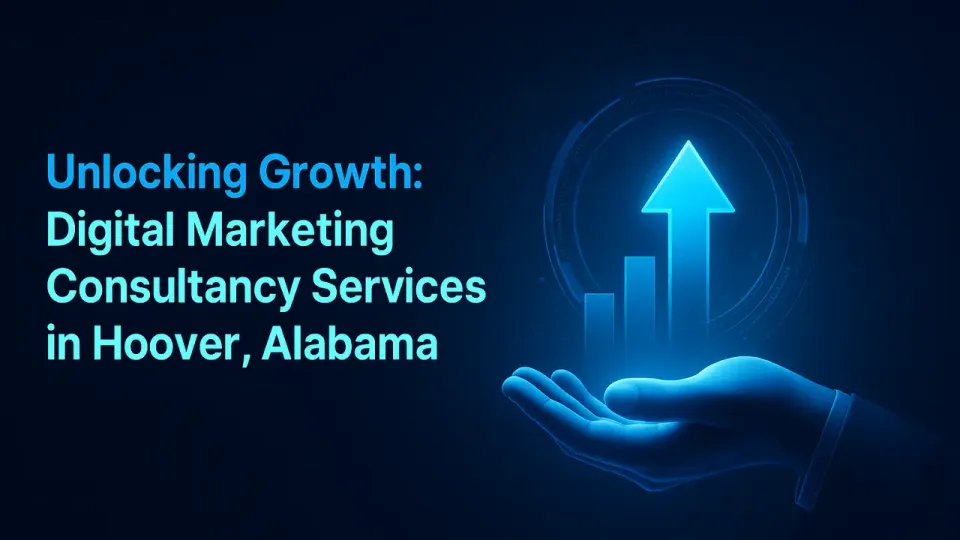Using AI to Predict Customer Behavior
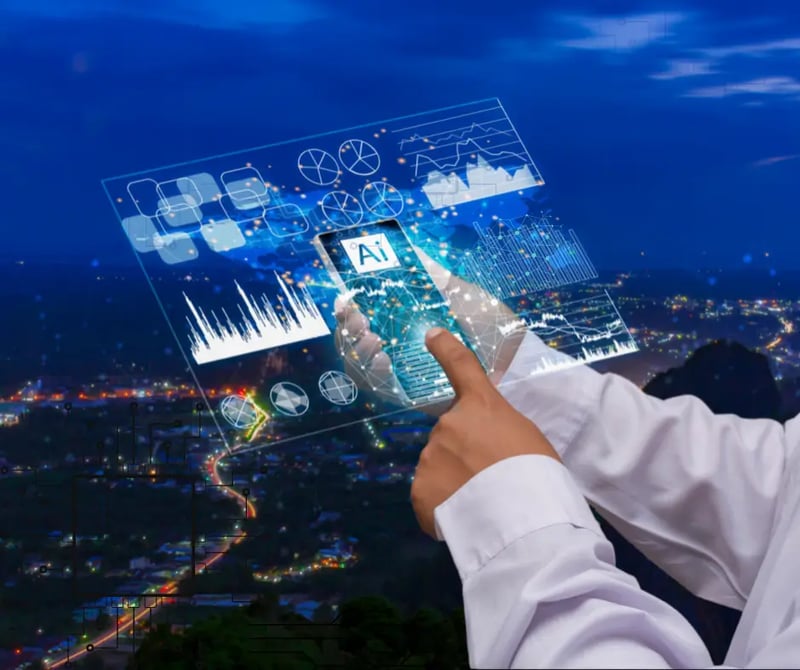
In today’s competitive market, understanding your customers is more important than ever. Imagine knowing what your customers want even before they do. Sounds like a superpower, right? Well, with the help of Artificial Intelligence (AI), this superpower is now within reach for businesses of all sizes.

Our Voiceover Process
AI is revolutionizing the way companies interact with their customers. By analyzing vast amounts of data, AI can predict customer behavior, helping businesses tailor their marketing efforts more effectively. Whether it’s anticipating what products a customer might be interested in or identifying the best time to send a promotional email, AI provides insights that can drive engagement and increase sales.
This article will guide you through the fascinating world of AI and how it can be used to predict customer behavior. We’ll explore the technologies behind AI, how businesses are using it to understand their customers better, and the benefits and challenges of adopting AI in your marketing strategy. By the end, you’ll see how AI can transform your approach to customer engagement, making your marketing smarter and more personalized.
Let’s dive in and discover how AI can help you understand your customers like never before.
The Role of AI in Understanding Customer Behavior
Overview of AI in Marketing
Artificial Intelligence (AI) is transforming the landscape of marketing by providing businesses with the ability to make data-driven decisions. Traditional marketing strategies often relied on intuition and general market trends, but AI introduces a new level of precision and personalization. By leveraging AI, businesses can analyze vast amounts of data in real-time, uncovering patterns and insights that would be impossible to detect manually.
AI in marketing primarily involves using algorithms and machine learning to process data from various sources. These algorithms can identify trends, predict future behaviors, and even automate marketing tasks, allowing businesses to create more targeted and effective campaigns. For small business owners, this means they can compete with larger companies by utilizing the same advanced tools and technologies.
Key Technologies
Several key technologies underpin AI's ability to understand and predict customer behavior. These include machine learning, natural language processing (NLP), and predictive analytics.
- Machine Learning: This is a subset of AI that enables computers to learn from data without being explicitly programmed. In marketing, machine learning algorithms can analyze customer data to identify patterns and make predictions. For example, machine learning can determine which products a customer is likely to purchase based on their browsing and purchase history.
- Natural Language Processing (NLP): NLP allows computers to understand and interpret human language. This technology is particularly useful for analyzing customer feedback, reviews, and social media interactions. By understanding the sentiment and context of customer communications, businesses can gain deeper insights into customer preferences and pain points.
- Predictive Analytics: Predictive analytics uses statistical algorithms and machine learning techniques to identify the likelihood of future outcomes based on historical data. In marketing, this means predicting customer behaviors such as buying patterns, churn rates, and response to marketing campaigns. This helps businesses make informed decisions and tailor their strategies to meet customer needs more effectively.
"Joining this community has been a game-changer for staying updated on the latest trends & events!" - John B.
Data Sources
AI relies on a variety of data sources to understand customer behavior. These include:
- Social Media Activity: Social media platforms are a goldmine of customer data. By analyzing likes, shares, comments, and mentions, AI can gauge customer sentiment and identify trends. For instance, if a particular product is frequently mentioned positively, it indicates high customer satisfaction and potential for increased sales.
- Purchase History: Analyzing past purchase data helps AI understand what products or services a customer is interested in. This information can be used to recommend similar or complementary products, increasing the likelihood of repeat purchases.
- Customer Feedback: Reviews, surveys, and feedback forms provide direct insights into customer opinions and experiences. AI can analyze this data to identify common themes and areas for improvement.
- Website and App Behavior: Tracking how customers interact with a business’s website or app provides valuable information about their preferences and behaviors. For example, AI can analyze which pages are visited most frequently, how long customers stay on each page, and what actions they take (such as adding items to a cart or completing a purchase).
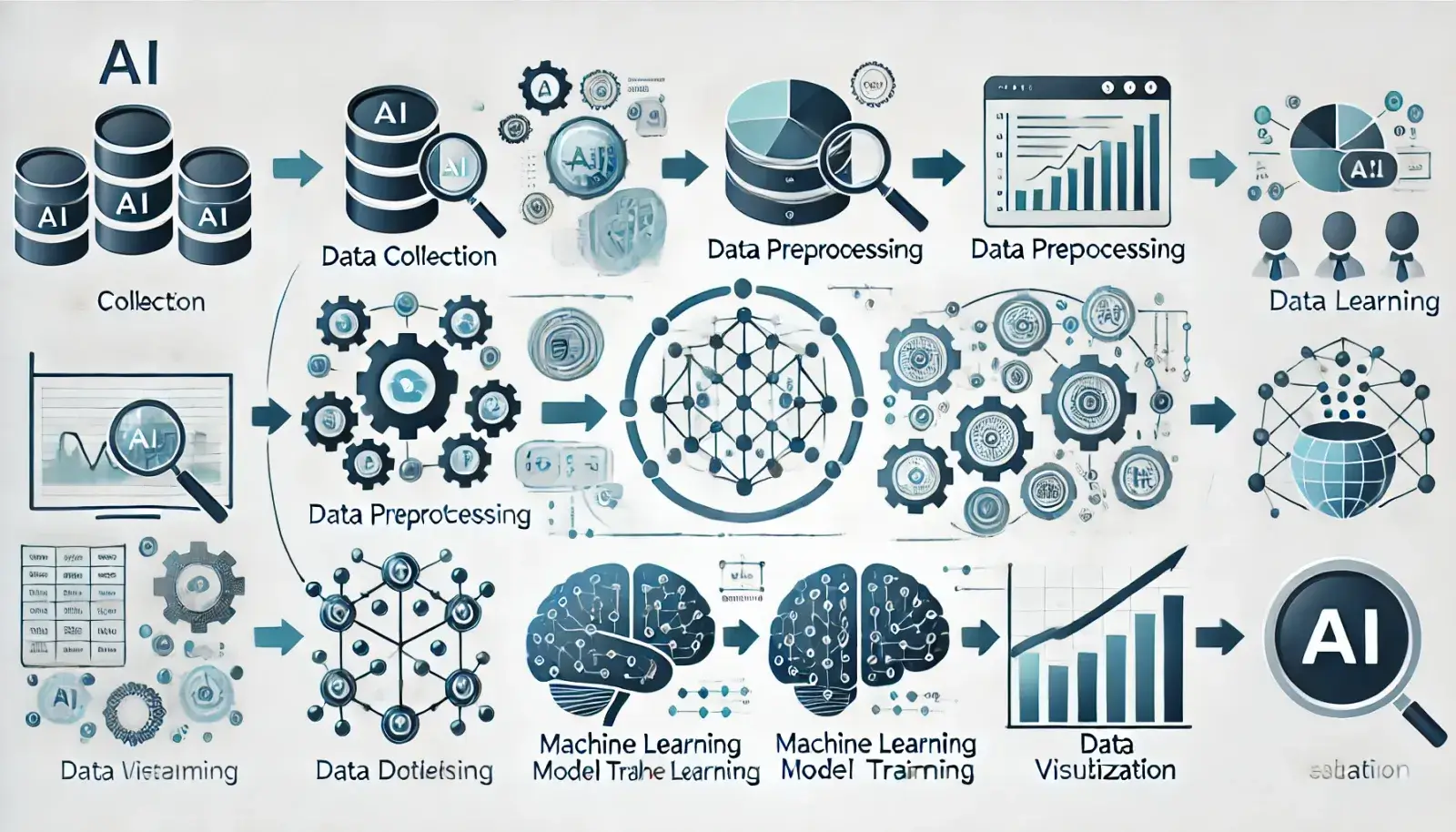
How AI Analyzes Data
The process of analyzing data with AI involves several steps:
- Data Collection: AI systems gather data from various sources, including social media, purchase history, and customer feedback. This data is then stored in a centralized database.
- Data Processing: The collected data is cleaned and processed to ensure it is accurate and consistent. This step involves removing any irrelevant or duplicate information and organizing the data in a usable format.
- Data Analysis: AI algorithms analyze the processed data to identify patterns and trends. For example, machine learning algorithms might cluster customers into different segments based on their purchasing behavior.
- Prediction: Based on the identified patterns, AI makes predictions about future customer behavior. For instance, it might predict which products a customer is likely to buy next or which customers are at risk of churning.
- Actionable Insights: The final step is to generate actionable insights from the predictions. These insights can be used to inform marketing strategies, such as personalized email campaigns, targeted ads, and product recommendations.
Real-World Examples
To illustrate the power of AI in understanding customer behavior, let’s look at a few real-world examples:
- E-commerce: Online retailers use AI to provide personalized shopping experiences. For instance, Amazon’s recommendation engine suggests products based on a customer’s browsing and purchase history. This not only enhances the customer experience but also increases sales by promoting relevant products.
- Customer Service: AI-powered chatbots are becoming increasingly common in customer service. These chatbots can analyze customer queries and provide instant responses, improving customer satisfaction and reducing the workload on human agents. Additionally, chatbots can gather data on common customer issues, helping businesses identify areas for improvement.
- Content Personalization: Streaming services like Netflix use AI to recommend content based on a user’s viewing history. By analyzing what a customer has watched and enjoyed, AI can suggest similar movies or TV shows, keeping the customer engaged and reducing churn rates.
Benefits for Small Businesses
For small businesses, leveraging AI to understand customer behavior offers several benefits:
- Cost-Effective Marketing: AI enables small businesses to run more targeted and efficient marketing campaigns. By understanding customer preferences, businesses can focus their efforts on the most promising leads, reducing wasted ad spend.
- Improved Customer Experience: Personalized marketing and customer service can significantly enhance the customer experience. By anticipating customer needs and preferences, businesses can create a more engaging and satisfying experience, leading to higher customer loyalty.
- Competitive Advantage: Small businesses can compete with larger companies by using the same advanced AI tools. This levels the playing field and allows small businesses to attract and retain customers more effectively.
AI is a powerful tool that can help businesses of all sizes understand and predict customer behavior. By leveraging machine learning, NLP, and predictive analytics, businesses can gain valuable insights into customer preferences and behaviors. This enables them to create more personalized and effective marketing strategies, ultimately driving engagement and growth.
Applications of AI in Predicting Customer Behavior
Artificial Intelligence (AI) has a multitude of applications in predicting customer behavior, allowing businesses to tailor their marketing efforts and improve customer satisfaction. Let's delve into some of the most impactful applications, including personalized marketing, customer segmentation, and predictive analytics.
AI in Predicting Customer Behavior
Personalized Marketing
Personalized marketing is one of the most effective ways AI is used to predict and influence customer behavior. By analyzing individual customer data, AI can create highly customized marketing messages that resonate with each customer. Here’s how AI achieves this:
- Product Recommendations: AI algorithms analyze a customer’s browsing history, purchase history, and even their social media activity to suggest products they are likely to buy. For example, if a customer frequently purchases sportswear, AI can recommend the latest sports gear or apparel. This not only enhances the shopping experience but also increases sales.
- Email Campaigns: AI can optimize email marketing by determining the best time to send emails and the type of content that will engage each recipient. By analyzing past interactions, AI can segment customers based on their behavior and preferences, ensuring that each email is relevant and timely. For instance, AI can send a follow-up email with a discount offer to a customer who abandoned their cart, increasing the chances of conversion.
- Dynamic Content: Websites and apps can use AI to display dynamic content tailored to each visitor. For example, an e-commerce website can show different product recommendations, banners, and promotions based on the visitor’s past behavior and preferences. This personalized approach keeps customers engaged and encourages them to make a purchase.
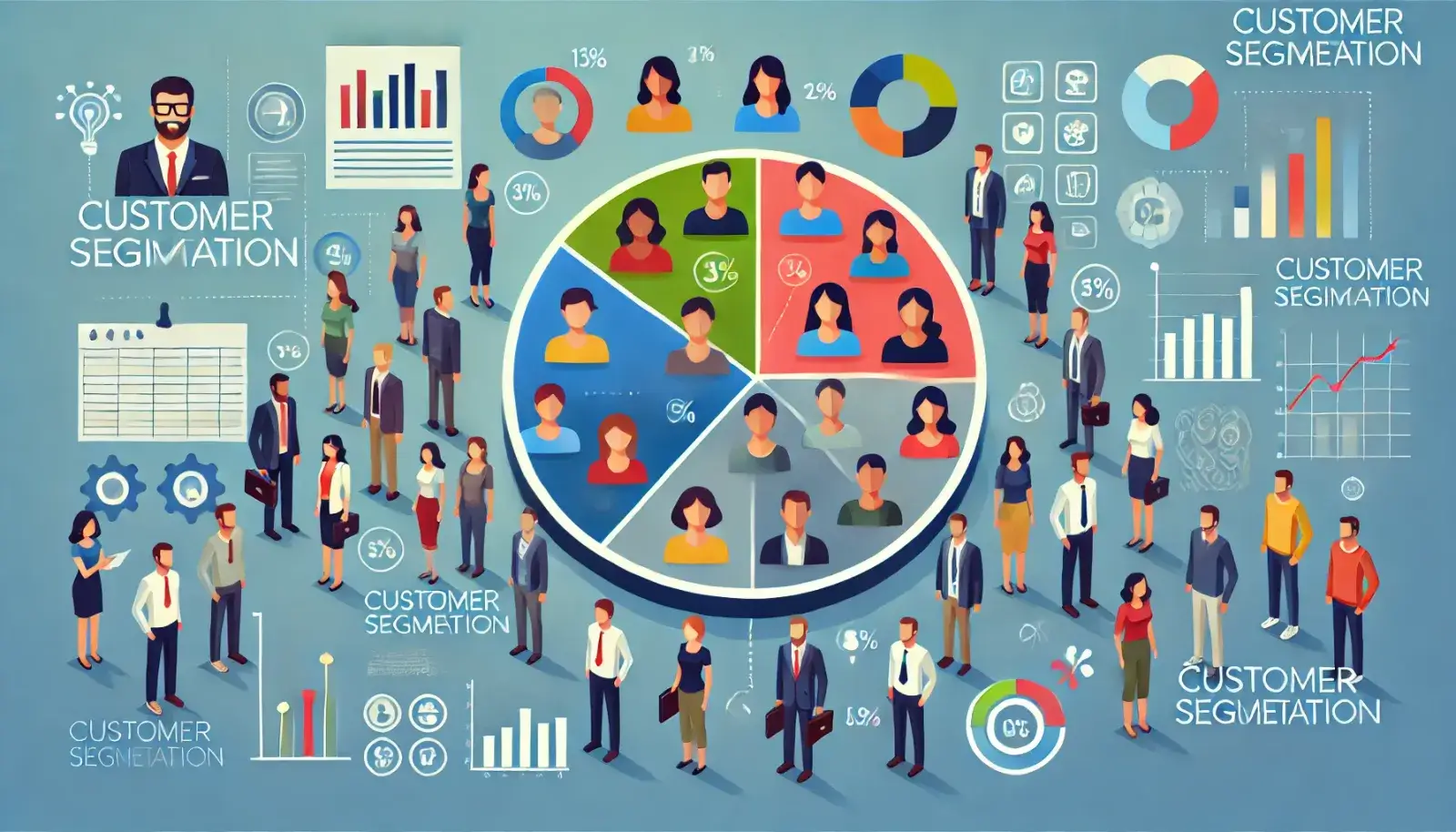
Customer Segmentation
Customer segmentation involves dividing a customer base into distinct groups based on shared characteristics. AI enhances this process by analyzing vast amounts of data to identify patterns and similarities among customers. This allows businesses to create more targeted and effective marketing strategies. Here’s how AI-driven customer segmentation works:
- Behavioral Segmentation: AI analyzes customer behavior, such as browsing patterns, purchase history, and engagement with marketing campaigns, to segment customers into different groups. For example, frequent buyers can be grouped together, allowing businesses to target them with loyalty programs and exclusive offers.
- Demographic Segmentation: AI can segment customers based on demographic factors such as age, gender, income level, and location. This helps businesses create tailored marketing messages that resonate with specific demographic groups. For instance, a fashion retailer can promote different clothing lines to teenagers versus working professionals.
- Psychographic Segmentation: By analyzing social media activity, reviews, and other online interactions, AI can segment customers based on their interests, values, and lifestyle choices. This deeper understanding of customer motivations allows businesses to craft marketing messages that align with their customers’ values and interests.
- Predictive Segmentation: AI can predict future customer behavior and segment customers accordingly. For example, AI can identify customers who are likely to churn and target them with retention strategies, such as special offers or personalized communication, to encourage them to stay.
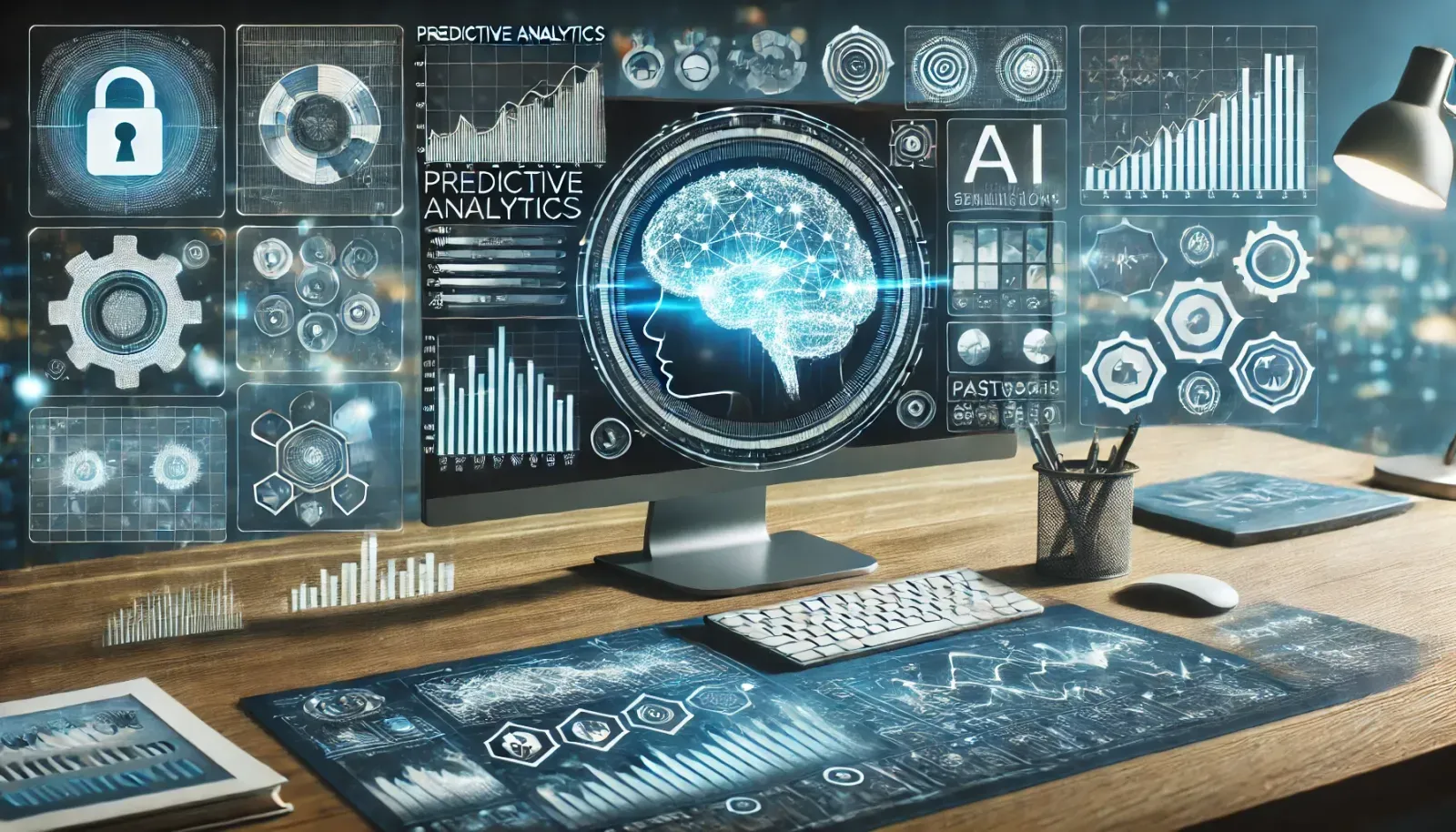
Predictive Analytics
Predictive analytics is a powerful application of AI that uses historical data to forecast future customer behaviors. This allows businesses to make proactive decisions and optimize their marketing strategies. Here are some key ways predictive analytics is used in marketing:
- Sales Forecasting: AI can analyze past sales data and external factors (such as seasonality and market trends) to predict future sales. This helps businesses plan their inventory, set sales targets, and allocate resources more effectively.
- Customer Lifetime Value (CLV) Prediction: AI can predict the future value a customer will bring to the business over their lifetime. By analyzing factors such as purchase frequency, average order value, and customer engagement, AI can identify high-value customers and focus marketing efforts on retaining and nurturing these relationships.
- Churn Prediction: AI can identify customers who are at risk of leaving (churning) by analyzing their behavior and engagement levels. For example, a sudden drop in purchase frequency or negative feedback might indicate a risk of churn. Businesses can then implement retention strategies, such as personalized offers or improved customer support, to retain these customers.
- Campaign Performance Prediction: Before launching a marketing campaign, AI can predict its potential performance by analyzing similar past campaigns and current market conditions. This helps businesses optimize their campaign strategies, allocate budgets more effectively, and achieve better results.
Real-World Applications
To see how AI-driven personalized marketing, customer segmentation, and predictive analytics work in the real world, let’s explore some examples:
- Retail: Retailers use AI to personalize the shopping experience both online and in-store. For instance, AI can analyze a customer’s purchase history and browsing behavior to send personalized discount codes or recommend products. In-store, AI-powered kiosks or apps can provide personalized recommendations based on a customer’s profile and shopping history.
- Banking: Banks use AI to segment customers based on their financial behavior and offer tailored financial products. For example, AI can identify customers who might benefit from a mortgage based on their savings patterns and credit history, and then target them with personalized loan offers.
- Healthcare: Healthcare providers use AI to predict patient needs and personalize care plans. By analyzing patient data, AI can identify high-risk patients and recommend preventive measures or personalized treatment plans. This not only improves patient outcomes but also enhances patient satisfaction.
Benefits of AI in Predicting Customer Behavior
Using AI to predict customer behavior offers several benefits:
- Enhanced Customer Experience: Personalized marketing and customer segmentation lead to a more tailored and satisfying customer experience. When customers receive relevant offers and recommendations, they are more likely to engage with the brand and make repeat purchases.
- Increased Efficiency: AI automates many aspects of marketing, such as data analysis and campaign optimization, allowing businesses to focus on strategic decision-making. This increases overall efficiency and reduces the workload on marketing teams.
- Better ROI: By targeting the right customers with the right messages, businesses can achieve higher conversion rates and better return on investment (ROI) for their marketing efforts. Predictive analytics helps businesses allocate their budgets more effectively and maximize their marketing spend.
- Proactive Decision-Making: Predictive analytics enables businesses to anticipate customer needs and behaviors, allowing them to make proactive decisions. This helps businesses stay ahead of the competition and adapt to changing market conditions more effectively.
- Improved Customer Retention: By identifying at-risk customers and implementing targeted retention strategies, businesses can reduce churn rates and build long-term customer loyalty.

Challenges and Considerations
While AI offers significant benefits, there are also challenges and considerations to keep in mind:
- Data Privacy and Security: Businesses must ensure that they are collecting and using customer data ethically and in compliance with data privacy regulations. This includes securing data storage and processing systems to protect against breaches and unauthorized access.
- Implementation Costs: Implementing AI technologies can be expensive, particularly for small businesses. However, the long-term benefits and ROI often outweigh the initial investment.
- Data Quality: AI relies on high-quality data to make accurate predictions. Businesses must ensure that their data is accurate, complete, and up-to-date. This may require investing in data cleaning and management processes.
- Ethical Considerations: Businesses must consider the ethical implications of using AI to predict customer behavior. This includes being transparent with customers about how their data is being used and ensuring that AI-driven decisions do not result in discrimination or bias.
In summary, AI-driven personalized marketing, customer segmentation, and predictive analytics provide businesses with powerful tools to understand and predict customer behavior. By leveraging these applications, businesses can enhance the customer experience, increase efficiency, and achieve better marketing results. However, it is essential to address challenges related to data privacy, implementation costs, and ethical considerations to fully realize the benefits of AI in marketing.
Benefits and Challenges of Using AI for Customer Behavior Prediction
AI’s role in predicting customer behavior offers a plethora of benefits, revolutionizing how businesses approach marketing, customer service, and strategic decision-making. However, it also brings forth several challenges that companies must navigate to fully leverage its potential. This section will delve into the key benefits and challenges of using AI for customer behavior prediction.
Benefits of Using AI for Customer Behavior Prediction
- Improved Customer Experience
AI’s ability to analyze vast amounts of data allows businesses to provide personalized experiences to their customers. By understanding individual preferences and behaviors, companies can tailor their interactions, making customers feel valued and understood.
- Personalized Recommendations: AI-driven recommendations, like those seen on platforms such as Amazon and Netflix, ensure that customers are presented with products or content that align with their tastes, enhancing satisfaction and loyalty.
- Enhanced Customer Support: AI-powered chatbots and virtual assistants offer instant responses to customer inquiries, providing efficient and accurate support. These tools can also handle routine tasks, freeing up human agents to tackle more complex issues.
- Increased Efficiency
AI automates data analysis and customer segmentation, allowing businesses to streamline their marketing efforts and focus on high-value tasks. This efficiency extends across various functions, from customer service to inventory management.
- Automated Campaign Management: AI can automate the process of creating, launching, and optimizing marketing campaigns. This ensures that campaigns are targeted, timely, and effective, leading to higher conversion rates.
- Resource Optimization: By predicting customer behavior, businesses can better allocate resources, ensuring that inventory levels meet demand and marketing budgets are spent wisely.
- Better Decision Making
AI provides businesses with actionable insights derived from data, enabling more informed and strategic decision-making. Predictive analytics help companies anticipate market trends and customer needs, allowing them to stay ahead of the competition.
- Data-Driven Insights: AI analyzes customer data to uncover trends and patterns that might not be immediately apparent. These insights can inform product development, marketing strategies, and customer service improvements.
- Strategic Planning: With accurate predictions about customer behavior, businesses can plan their marketing and sales strategies more effectively, reducing risks and maximizing opportunities.
- Higher ROI
Targeted marketing campaigns driven by AI result in better engagement and higher conversion rates, ultimately leading to a better return on investment (ROI). By focusing efforts on the most promising leads and optimizing marketing spend, businesses can achieve more with less.
- Precision Marketing: AI ensures that marketing messages reach the right audience at the right time, increasing the likelihood of conversions. This precision reduces wasted ad spend and improves overall campaign performance.
- Customer Retention: Predictive analytics identify customers at risk of churning, allowing businesses to implement retention strategies and maintain customer loyalty, which is often more cost-effective than acquiring new customers.
- Proactive Customer Engagement
AI allows businesses to engage with customers proactively rather than reactively. By anticipating customer needs and behaviors, companies can offer timely and relevant solutions, fostering stronger relationships and enhancing customer satisfaction.
- Anticipatory Service: AI can predict when customers might need support or when they are likely to make a purchase, enabling businesses to reach out proactively. For example, a reminder about an upcoming service appointment or a personalized discount on a product they’ve shown interest in.
- Behavioral Triggers: Automated triggers based on customer behavior, such as cart abandonment emails or follow-up messages after a purchase, help maintain customer engagement and drive repeat business.
Challenges of Using AI for Customer Behavior Prediction
- Data Privacy and Security
One of the most significant challenges in using AI is ensuring data privacy and security. Customers are increasingly concerned about how their data is collected, stored, and used. Businesses must navigate complex regulations and build trust with their customers.
- Regulatory Compliance: Companies must comply with data protection regulations such as GDPR and CCPA, which dictate how customer data can be collected, processed, and stored. Non-compliance can result in hefty fines and damage to reputation.
- Data Security: Ensuring the security of customer data is paramount. Businesses must implement robust security measures to protect against data breaches and cyber-attacks, which can undermine customer trust and lead to significant financial losses.
- Implementation Costs
The initial investment required to implement AI technologies can be high, posing a challenge for small and medium-sized businesses. However, the long-term benefits and efficiencies gained can justify the upfront costs.
- Cost of Technology: Acquiring AI tools and platforms, as well as the necessary hardware and software, can be expensive. Additionally, ongoing maintenance and updates add to the overall cost.
- Skill Requirements: Implementing and managing AI systems requires specialized skills. Businesses may need to hire or train personnel with expertise in AI and data analytics, which can add to the expenses.
- Data Quality and Integration
AI systems rely on high-quality, accurate, and comprehensive data to make reliable predictions. Ensuring data quality and integrating data from various sources can be challenging.
- Data Silos: Many businesses struggle with data silos, where information is isolated in different departments or systems. Integrating these disparate data sources is crucial for AI to provide meaningful insights.
- Data Accuracy: Inaccurate or incomplete data can lead to incorrect predictions and poor decision-making. Businesses must invest in data cleaning and validation processes to maintain data quality.
- Ethical Considerations
The use of AI in predicting customer behavior raises ethical questions about privacy, consent, and the potential for bias. Businesses must navigate these issues carefully to maintain trust and avoid ethical pitfalls.
- Bias and Fairness: AI systems can inadvertently perpetuate biases present in the data they are trained on. Ensuring fairness and avoiding discriminatory practices require ongoing monitoring and adjustment of AI algorithms.
- Transparency: Businesses must be transparent with customers about how their data is being used and ensure they have obtained proper consent. Clear communication and ethical practices are essential for building and maintaining customer trust.
- Adoption and Change Management
Implementing AI technologies often requires a shift in business processes and culture. Ensuring smooth adoption and managing change within the organization can be challenging.
- Organizational Resistance: Employees may resist adopting new AI technologies due to fear of job displacement or unfamiliarity with the tools. Effective change management and training programs are essential to address these concerns.
- Cultural Shift: Embracing AI often requires a cultural shift towards data-driven decision-making. Businesses must foster a culture that values innovation, continuous learning, and adaptability.
AI’s ability to predict customer behavior offers transformative benefits for businesses, from enhancing customer experience and increasing efficiency to driving better ROI and enabling proactive engagement. However, to fully harness these benefits, companies must address challenges related to data privacy, implementation costs, data quality, ethical considerations, and change management.
By carefully navigating these challenges and leveraging AI’s capabilities, businesses can gain a competitive edge, build stronger customer relationships, and achieve sustainable growth. As AI technology continues to evolve, its potential to revolutionize customer behavior prediction will only increase, making it an indispensable tool for forward-thinking businesses.
Summary
The integration of Artificial Intelligence (AI) in predicting customer behavior is revolutionizing the landscape of marketing and customer engagement. By leveraging AI, businesses can gain deeper insights into their customers, personalize their marketing efforts, and make data-driven decisions that enhance overall efficiency and effectiveness.
In this article, we explored the role of AI in understanding customer behavior, highlighting key technologies such as machine learning, natural language processing, and predictive analytics. These technologies enable businesses to analyze vast amounts of data, identify patterns, and predict future behaviors with remarkable accuracy. We also discussed the various applications of AI, including personalized marketing, customer segmentation, and predictive analytics, showcasing real-world examples of how businesses are using AI to drive engagement and growth.
The benefits of using AI to predict customer behavior are substantial. Improved customer experience, increased efficiency, better decision-making, higher ROI, and proactive customer engagement are just a few of the advantages that AI brings to the table. However, businesses must also navigate several challenges, including data privacy and security, implementation costs, data quality and integration, ethical considerations, and change management. Addressing these challenges is crucial for fully realizing the potential of AI and maintaining customer trust.
For small business owners, the adoption of AI offers an opportunity to compete with larger companies by utilizing advanced tools and technologies. By understanding and anticipating customer needs, businesses can create more targeted and effective marketing strategies, leading to increased customer loyalty and sustainable growth.
In conclusion, AI is a powerful tool that can transform how businesses understand and engage with their customers. By leveraging AI-driven insights and predictions, businesses can create more personalized, efficient, and impactful marketing strategies. As AI technology continues to advance, its role in predicting customer behavior will become even more integral, providing businesses with the competitive edge needed to thrive in today’s dynamic market.
Embracing AI in your marketing strategy is not just a trend; it's a strategic move that can propel your business forward, ensuring you stay ahead of the competition and meet the evolving needs of your customers. The future of customer behavior prediction lies in the hands of AI, and businesses that harness its power will undoubtedly lead the way in delivering exceptional customer experiences and achieving long-term success.
"Joining this community has been a game-changer for staying updated on the latest trends & events!" - John B.


